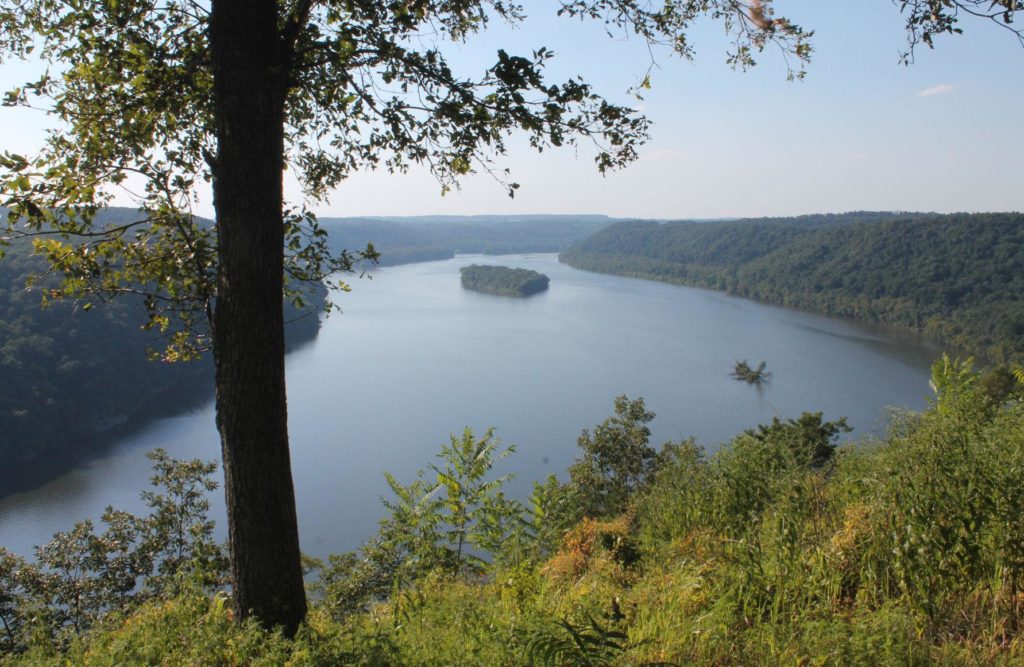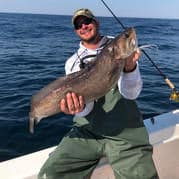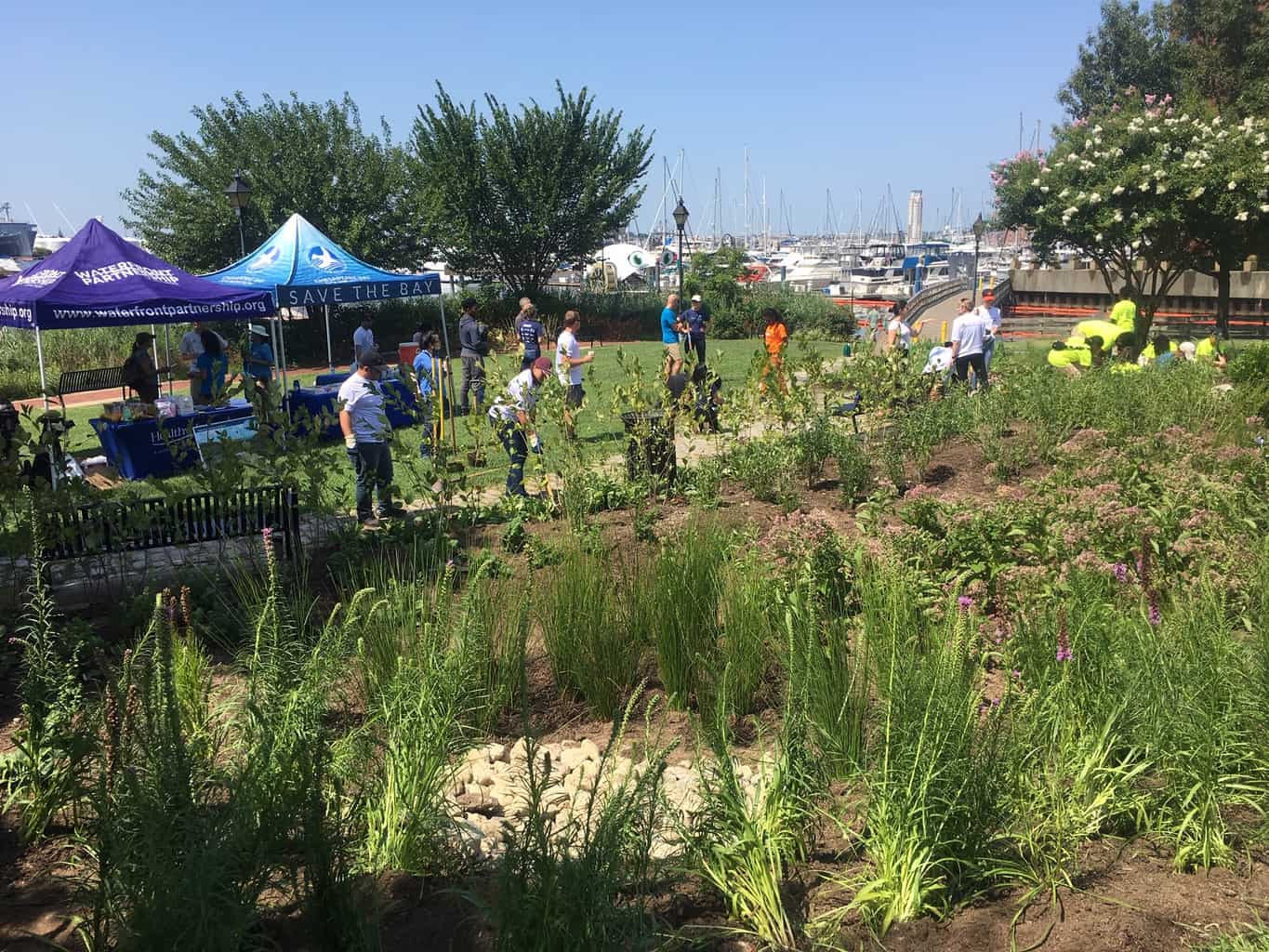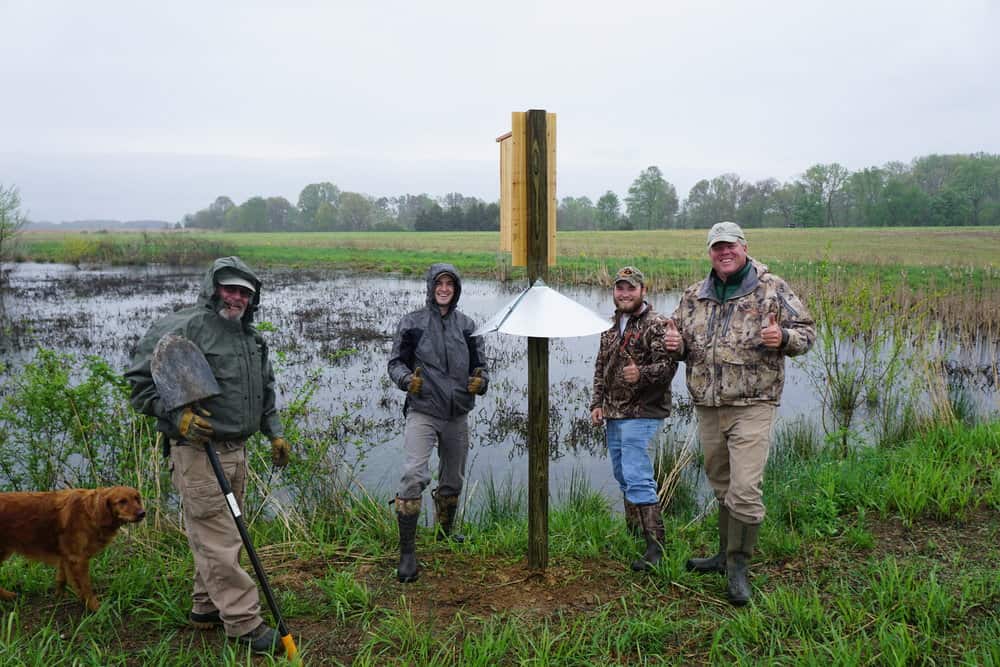By Karl Blankenship, Bay Journal News Service
The U.S. Environmental Protection Agency would further increase oversight over farms, stormwater systems and wastewater treatment plants in Pennsylvania under terms of a proposed settlement to a 2020 lawsuit against the agency.
The suit, brought by environmentalists and several states, contended that the EPA had failed to do enough to force Pennsylvania, which is far behind in its Chesapeake Bay pollution reduction goals, to accelerate its efforts.
Chesapeake Bay Foundation President Hilary Falk said that under the settlement, the EPA had agreed to actions that would address “severe problems in Pennsylvania, providing accountability and reasonable assurance that restoration will succeed.”
CBF and the attorneys general of Maryland, Virginia, Delaware, the District of Columbia and others had brought suits after Pennsylvania failed in 2019 to submit a plan showing how it would fully achieve its 2025 cleanup goals. The suits were later combined.
In the settlement announced April 20, the EPA agreed among other things to:
- Increase oversight of operations with water discharge permits to make sure they comply with their permits, especially facilities where permits are “administratively extended” without a more thorough examination before being renewed.
- Identify smaller livestock operations not currently subject to EPA oversight that could come under regulatory programs. The EPA typically has authority to regulate only the largest animal feedlots but can extend its reach if it determines operations pose a threat to water quality.
- Increase oversight of stormwater programs in the state, potentially bringing some additional sources under regulatory programs.
- Target its actions and funding to parts of Pennsylvania’s that have the greatest impact on Bay water quality.
The EPA has already started some of the outlined activities, but the settlement establishes timetables for completing certain actions or reporting progress.
The agreement, though, says that the completion of some actions is “subject to resource availability.”
It’s also not clear that some of the actions would result in change. The EPA in the past has reviewed the possibility of regulating smaller Pennsylvania feedlots, but the agency concluded it was not feasible because there are so many smaller operations and the process of extending regulatory oversight over an individual operation is difficult and time-consuming.
Pennsylvania does not border the Bay but contributes more water-fouling nutrients to the Chesapeake than any other state. It has had a particularly difficult job reducing nutrient pollution in waterways because the vast majority of its nutrients come from farms and stormwater, sources that all of the Bay states have struggled to control. And Pennsylvania has more farms and stormwater systems than other states in the watershed.
Maryland and Virginia have made more progress, mainly because a larger source of their nutrients came from wastewater treatment plants where discharges are more easily controlled. Although Maryland, Virginia and Delaware are parties to the suit, none are on track to meet goals in their agricultural and stormwater sectors.
Critics, though, have long complained that Pennsylvania’s programs and funding levels are far below that of most other states. Pennsylvania did recently ramp up funding for Bay-related activity, but that was done using federal money that will expire after next year.
The region as a whole is far behind in meeting its 2025 nutrient reduction goals, and officials have acknowledged that the self-imposed deadline will be missed.
The goals, set in 2010, are intended to reduce the amount of nitrogen and phosphorus that reach the Bay in order to clear its often-murky water and eliminate oxygen-starved “dead zones.”
The proposed agreement is open to public comment for 30 days before it can be finalized.




